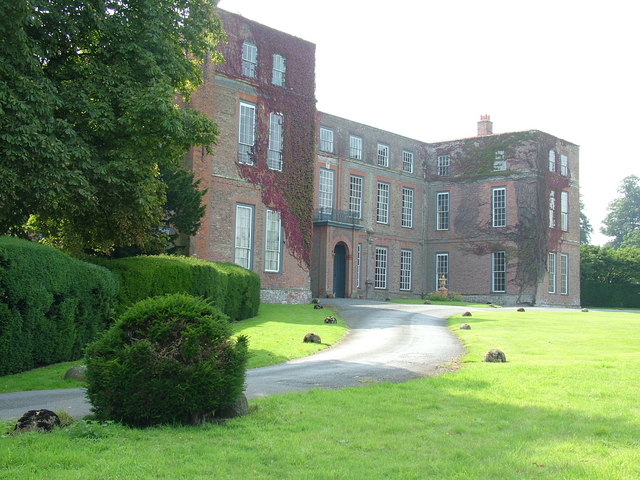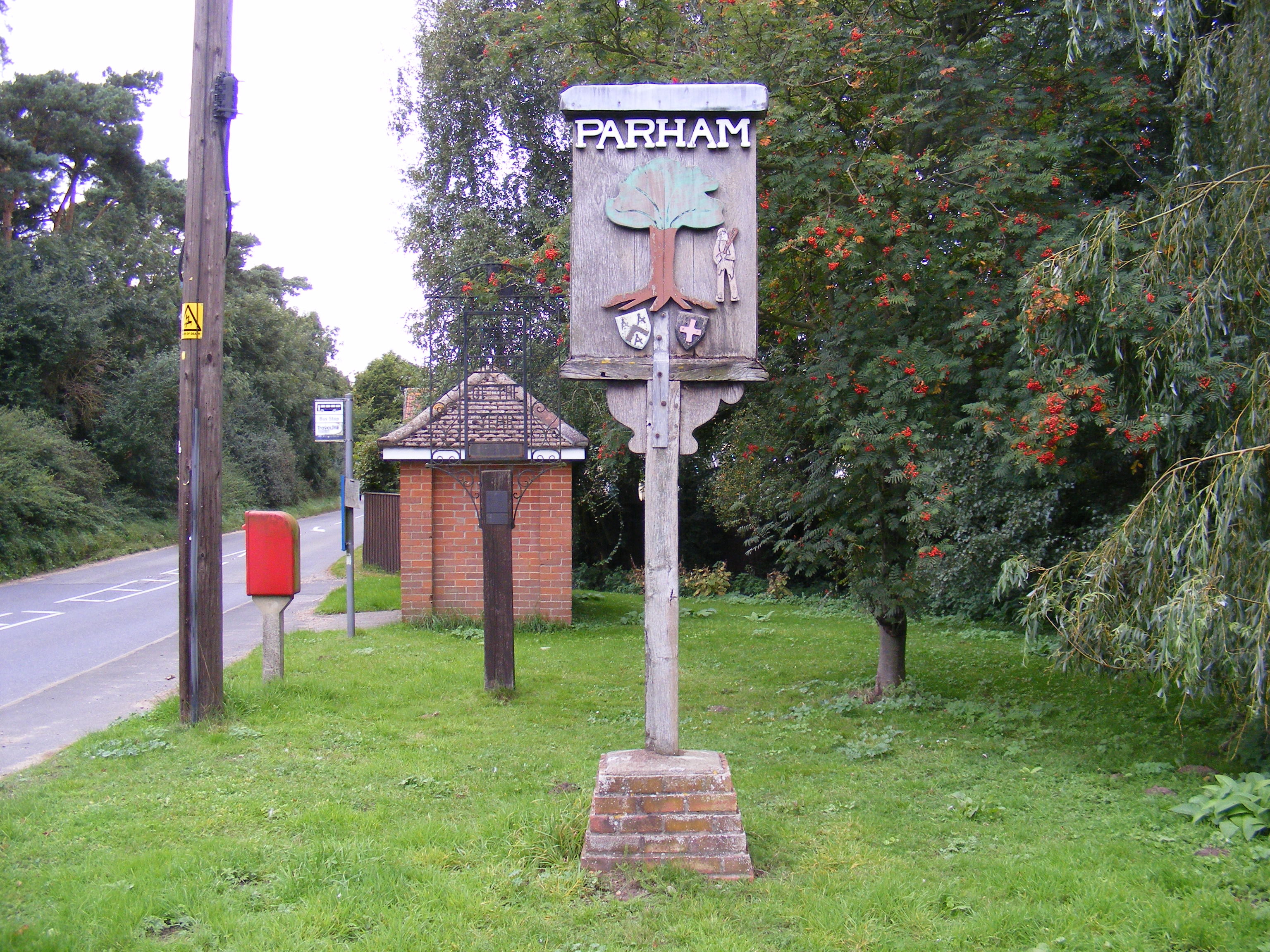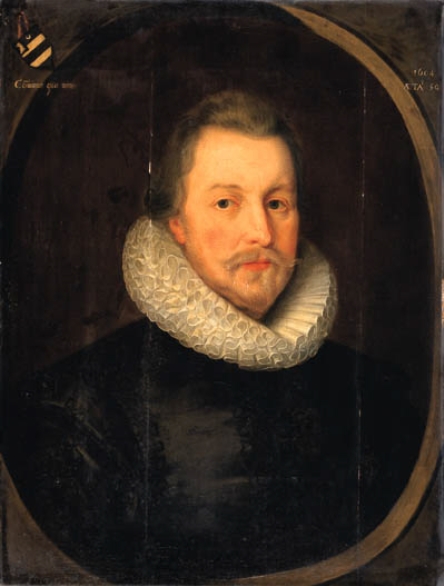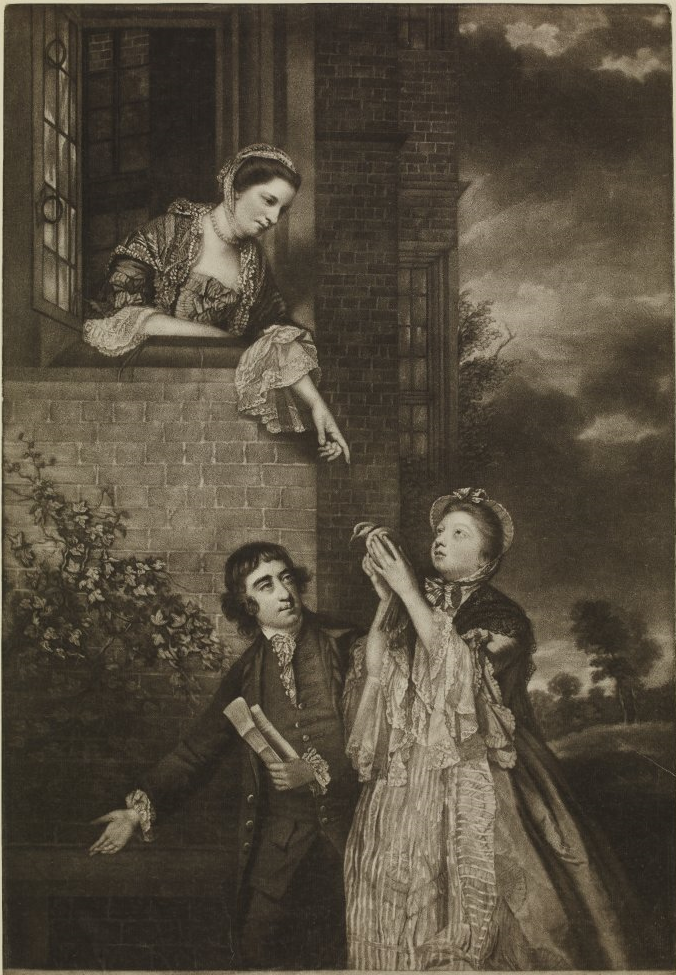|
Glenham Hall
Glemham Hall or Little Glemham Hall is an Elizabethan and Georgian country house, set in around of park land on the outskirts of the village of Little Glemham in Suffolk, England. It is a Grade I listed building. History It was built around 1560 by the De Glemham family for Sir Henry Glemham. It was purchased by Francis North, 2nd Baron Guilford of the North family in 1709, whose uncle Dudley North had earlier purchased the lordship of the manor of Little Glemham and Banyards; and between 1712 and 1720 major structural changes were made to the facade, giving it the overall Georgian appearance recognised today. In 1791 Humphry Repton produced plans for the park; he commented on the H-shaped house in his works. At that time the owner was Dudley Long North. North was a politician and also a patron of George Crabbe, who held benefices at Parham and Great Glemham, and Crabbe met Charles James Fox and Roger Wilbraham at (Little) Glemham Hall; Crabbe lived at Great Glemham Hall, ... [...More Info...] [...Related Items...] OR: [Wikipedia] [Google] [Baidu] |
Glemham Hall
Glemham Hall or Little Glemham Hall is an Elizabethan architecture, Elizabethan and Georgian architecture, Georgian English country house, country house, set in around of park land on the outskirts of the village of Little Glemham in Suffolk, England. It is a Grade I listed building. History It was built around 1560 by the De Glemham family for Sir Henry Glemham. It was purchased by Francis North, 2nd Baron Guilford of the North family in 1709, whose uncle Dudley North (economist), Dudley North had earlier purchased the lordship of the manor of Little Glemham and Banyards; and between 1712 and 1720 major structural changes were made to the facade, giving it the overall Georgian appearance recognised today. In 1791 Humphry Repton produced plans for the park; he commented on the H-shaped house in his works. At that time the owner was Dudley Long North. North was a politician and also a patron of George Crabbe, who held benefices at Parham, Suffolk, Parham and Great Glemham, and ... [...More Info...] [...Related Items...] OR: [Wikipedia] [Google] [Baidu] |
Parham, Suffolk
Parham is a village and civil parish in the East Suffolk (district), East Suffolk district of Suffolk in eastern England. Located seven miles north of Woodbridge, Suffolk, Woodbridge, in 2005 it had a population of 300, reducing to 263 at the 2011 census and according to the 2011 census there were 129 males and 134 females living at this time. The flint-built parish church of St Mary, though restored in 1886, dates from the late 14th Century and was likely built for William de Ufford, 2nd Earl of Suffolk, William de Ufford. The Rood screen is from the 15th Century. Parham is located on the B1116. William Willoughby, 1st Baron Willoughby of Parham is interred in the church, too. Parham Airfield Museum is located nearby. Parham railway station, on the Framlingham Branch, was shut to passenger traffic in November 1952. Between 1870 and 1872 John Marius Wilson's Imperial Gazetteer visited Parham and wrote the following as an entry for the parish.PARHAM, a village and a parish in ... [...More Info...] [...Related Items...] OR: [Wikipedia] [Google] [Baidu] |
Country Houses In Suffolk
A country is a distinct part of the world, such as a state, nation, or other political entity. When referring to a specific polity, the term "country" may refer to a sovereign state, state with limited recognition, constituent country, or dependent territory. Most sovereign states, but not all countries, are members of the United Nations. There is no universal agreement on the number of "countries" in the world, since several states have disputed sovereignty status or limited recognition, and a number of non-sovereign entities are commonly considered countries. The definition and usage of the word "country" are flexible and have changed over time. ''The Economist'' wrote in 2010 that "any attempt to find a clear definition of a country soon runs into a thicket of exceptions and anomalies." Areas much smaller than a political entity may be referred to as a "country", such as the West Country in England, "big sky country" (used in various contexts of the American West), "coal ... [...More Info...] [...Related Items...] OR: [Wikipedia] [Google] [Baidu] |
Houses Completed In 1560
A house is a single-unit residential building. It may range in complexity from a rudimentary hut to a complex structure of wood, masonry, concrete or other material, outfitted with plumbing, electrical, and heating, ventilation, and air conditioning systems.Schoenauer, Norbert (2000). ''6,000 Years of Housing'' (rev. ed.) (New York: W.W. Norton & Company). Houses use a range of different roofing systems to keep precipitation such as rain from getting into the dwelling space. Houses generally have doors or locks to secure the dwelling space and protect its inhabitants and contents from burglars or other trespassers. Most conventional modern houses in Western cultures will contain one or more bedrooms and bathrooms, a kitchen or cooking area, and a living room. A house may have a separate dining room, or the eating area may be integrated into the kitchen or another room. Some large houses in North America have a recreation room. In traditional agriculture-oriented societies, domes ... [...More Info...] [...Related Items...] OR: [Wikipedia] [Google] [Baidu] |
Norman Scarfe
Norman Scarfe MBE, FSA, (1 May 1923, Felixstowe - 2 March 2014, Ipswich was an English historian of locality noted for his work as regards his native Suffolk. His first publication was ''Assault Division: A History of the 3rd Division from the Invasion of Normandy to the Surrender of Germany'' (1947). This was an account of the 3rd British Infantry Division following its leading role in the D-Day landings in 1944. Scarfe served in the Suffolk Regiment, part of this division, and participated in the landing on Sword Beach Sword, commonly known as Sword Beach, was the code name given to one of the five main landing areas along the Normandy coast during the initial assault phase, Operation Neptune, of Operation Overlord. The Allied invasion of German-occupied Fra .... Works * * References {{DEFAULTSORT:Scarfe, Norman 1923 births 2014 deaths English historians Fellows of the Society of Antiquaries of London Members_of_the_Order_of_the_British_Empire ... [...More Info...] [...Related Items...] OR: [Wikipedia] [Google] [Baidu] |
FolkEast
FolkEast is an English music festival which started in 2012 at Somerleyton Hall, Suffolk, England. In 2013, it relocated to Glemham Hall in Little Glemham, Suffolk, where it currently holds its annual festival on the weekend before the August bank holiday weekend. FolkEast is a cross-arts celebration of music, song, dance, crafts and musical instruments. The festival attracts many international renowned musicians, artists and groups such as The Young'uns, Ten Strings and a Goat Skin, Neil Innes, The Unthanks and Martin Carthy among many others. Events throughout the year As well as the main festival in August, FolkEast organises and promotes folk and roots events, ceilidhs and concerts at various venues across East Anglia throughout the year. Past events include The Young'uns at Jubilee Hall in Aldeburgh, Peter Knight's "Gigspanner" at Glemham Hall and The Willows at Norwich Arts Centre Norwich Arts Centre is a live music venue, theatre and art gallery located in St Be ... [...More Info...] [...Related Items...] OR: [Wikipedia] [Google] [Baidu] |
Ipswich Town Football Club
Ipswich Town Football Club is a professional football club based in Ipswich, Suffolk, England. The club currently competes in the EFL Championship, the second tier of English football. Ipswich Town were founded in 1878 but did not turn professional until 1936; the club was elected to the Football League in 1938. Ipswich won the league title in 1961–62, their first season in the top flight, and finished runners-up in 1980–81 and 1981–82. They finished in the top six in the First Division for ten years, and won the FA Cup in 1978 and UEFA Cup in 1981. They have never lost at home in European competition, having defeated teams such as Real Madrid, AC Milan, Inter Milan, Lazio and Barcelona. Ipswich Town have played their home games at Portman Road since 1884. The club's traditional home colours are blue shirts with white shorts and blue socks. They have a long-standing rivalry with Norwich City, against whom they contest the East Anglian derby. History E ... [...More Info...] [...Related Items...] OR: [Wikipedia] [Google] [Baidu] |
Strutt & Parker
Strutt & Parker is one of the largest property consultancies in the UK with a network of 60 offices, 10 in prime central London. It was founded in 1885, by the partnership of two friends, Hon. Edward Gerald Strutt and Charles Alfred Parker. In 2017 Strutt & Parker was acquired by BNP Paribas Real Estate, part of the BNP Paribas Group. References External links Official website {{DEFAULTSORT:Strutt and Parker Property services companies of the United Kingdom British companies established in 1885 BNP Paribas ... [...More Info...] [...Related Items...] OR: [Wikipedia] [Google] [Baidu] |
Cobbold Family
The Cobbold family became influential in Ipswich and Suffolk in the eighteenth and nineteenth centuries. The family is best known for brewing, moving its operations from Harwich to Ipswich in 1746, and as the driving force behind Ipswich Town Football Club, both as an amateur and professional team. During its Victorian era, Victorian heyday, the family also had interests in coal, shipping, the railways and banking. Beyond the family's commercial interests in Suffolk, Cobbolds and their kin found success and influence on a much wider stage in almost every sphere of human endeavour, including the arts, Science, the sciences, religion, sport, military service, and Public service, public and Politics, political service both at home and across the British Empire. 48 Cobbolds were killed across the two World war, World Wars. The Cobbold Family History Trust, a registered charity, holds and maintains a large archive of the family and its associated families. Its interactive family tr ... [...More Info...] [...Related Items...] OR: [Wikipedia] [Google] [Baidu] |
Alexander George Dickson
Alexander George Dickson (1834 – 4 July 1889) was a British Conservative Party politician who served as the Member of Parliament in the British House of Commons for Dover. Dickson was born at Belchester, a stately home in Berwickshire, Scotland in 1834. He joined the 13th Light Dragoons The 13th Hussars (previously the 13th Light Dragoons) was a cavalry regiment of the British Army established in 1715. It saw service for three centuries including the Napoleonic Wars, the Crimean War and the First World War but then amalgamated ... in 1853 and reached the rank of Major. In 1863 he became Captain in the Royal East Kent Regiment of Mounted Rifles Yeomanry Cavalry. He stood for parliament at Dover in 1865 and retained the seat until his death in 1889. He married as her second husband Charlotte Maria Eden, widow of Dudley North, Lord North, son of Francis North, 6th Earl of Guilford. References External links * * 1834 births 1889 deaths 13th Hussars offic ... [...More Info...] [...Related Items...] OR: [Wikipedia] [Google] [Baidu] |
Roger Wilbraham (Whig)
Sir Roger Wilbraham (4 November 1553 – 31 July 1616) was a prominent English lawyer who served as Solicitor-General for Ireland under Elizabeth I and was judged one of her few really competent Law Officers. He held a number of positions at court under James I, including Master of Requests and surveyor of the Court of Wards and Liveries. He bought an estate at Dorfold in the parish of Acton, near his birthplace of Nantwich in Cheshire, and he was active in charitable works locally, including founding two sets of almshouses for impoverished men. He also founded almshouses in Monken Hadley, Middlesex, where he is buried. Biography Roger Wilbraham was born in Nantwich, Cheshire in 1553, the second of four sons of Richard Wilbraham (1525–1611/12) and his first wife, Elizabeth (d. 1589/90), daughter of Thomas Maisterson.Hall, p. 437 The Wilbraham family was a junior branch of the Wilbrahams of Woodhey, who were prominent in Cheshire affairs from the 13th century onwards; Rog ... [...More Info...] [...Related Items...] OR: [Wikipedia] [Google] [Baidu] |
Charles James Fox
Charles James Fox (24 January 1749 – 13 September 1806), styled ''The Honourable'' from 1762, was a British British Whig Party, Whig politician and statesman whose parliamentary career spanned 38 years of the late 18th and early 19th centuries. He was the rival, arch-rival of the Tories (British political party), Tory politician William Pitt the Younger; his father Henry Fox, 1st Baron Holland, a leading Whig of his day, had similarly been the great rival of Pitt's famous father, William Pitt, 1st Earl of Chatham ("Pitt the Elder"). Fox rose to prominence in the House of Commons of Great Britain, House of Commons as a forceful and eloquent speaker with a notorious and colourful private life, though at that time with rather conservative and conventional opinions. However, with the coming of the American War of Independence and the influence of the Whig Edmund Burke, Fox's opinions evolved into some of the most Classical radicalism, radical to be aired in the British Parliament ... [...More Info...] [...Related Items...] OR: [Wikipedia] [Google] [Baidu] |






